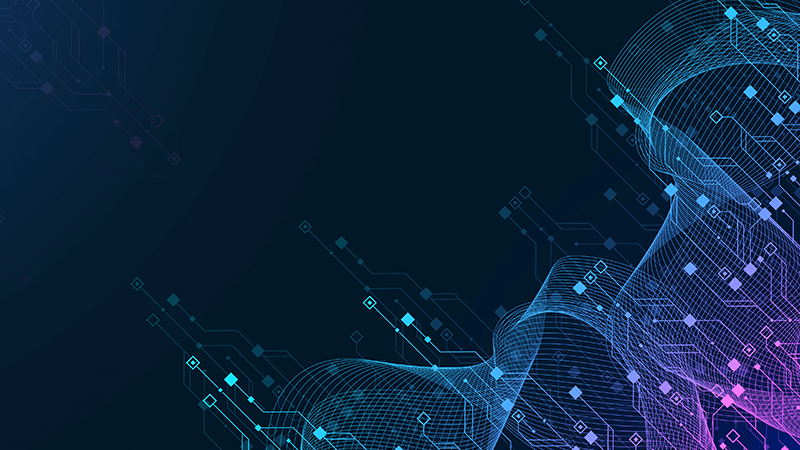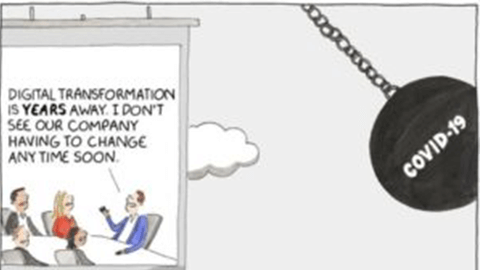You have a meeting scheduled for this afternoon with a new company executive, and you already know how the conversation will go with regard to the company’s current IT systems:
"What’s with these old green screens? At the previous company I worked for, we used solution X with Windows, and it was this and that..."
It seems as if it’s never enough to reply that the platform you’re currently using - IBM i - is very powerful, costs little to maintain and runs applications that are specifically adapted to the company’s business processes.
So what can you tell management and business units to address their concerns while making use of the power and reliability of IBM’s platform?
Modernize?
You know that IBM i now supports a variety of mainstream technologies like PHP and Java, but how can you incorporate these technologies into your existing applications? And how much will doing so cost? Is that something your company can afford?
Fortunately, the market has recognized this reality and now offers a range of products and services to help you convert your applications to these new technologies. These solutions, which can be used in-house or through partners’ services, can be adapted to your needs no matter where you are along your journey to modernization.
Here are three examples:
1. Web interfaces
Are green screens making your applications seem dated? There are solutions available that convert them in real time to web pages that can be displayed in any browser and on any computer or mobile device.
These solutions provide many more benefits than just the “colour” of the page. They can add functions (a date selector, drop-down menus, buttons, etc.), tidy up the interface by distributing the fields on one page into several tabs, add links to external applications (maps, for example) and improve a process by adding shortcuts to other windows, a client or vendor portal, or an e-boutique. These solutions provide considerable possibilities for improvement and will make it easier for your employees to use and learn about the applications.
2. Database modernization

Business units need to be able to access the data in systems in real time for business development, but the structure of existing databases (DDS) makes report creation a complicated affair that requires the IT department’s expertise.
Transforming the database to DDL with meaningful table and field names will enable you to provide the data model to business analysts so they can access the information and generate their own reports and dashboards.
This task can also streamline the interfacing of other applications with your data.
3. Code transformation
Do you want to ensure your applications can be used for another five years, but acknowledge that it’s becoming increasingly difficult to find people who are familiar with RPG?
Solutions are available that enable you to document your source code and convert it to Java. Java can still be run using IBM i, but the new structure will allow you to hire Java programmers to continue to maintain it and to develop it.
To summarize, much can be said in response to a colleague’s comments about the IBM i platform being “old.” Modernizing it is now, more than ever, an option that can provide you with the best of both worlds—applications that are perfectly adapted to your business’s needs, with an up-to-date interface and code that can be run on a powerful and easy-to-maintain platform.












